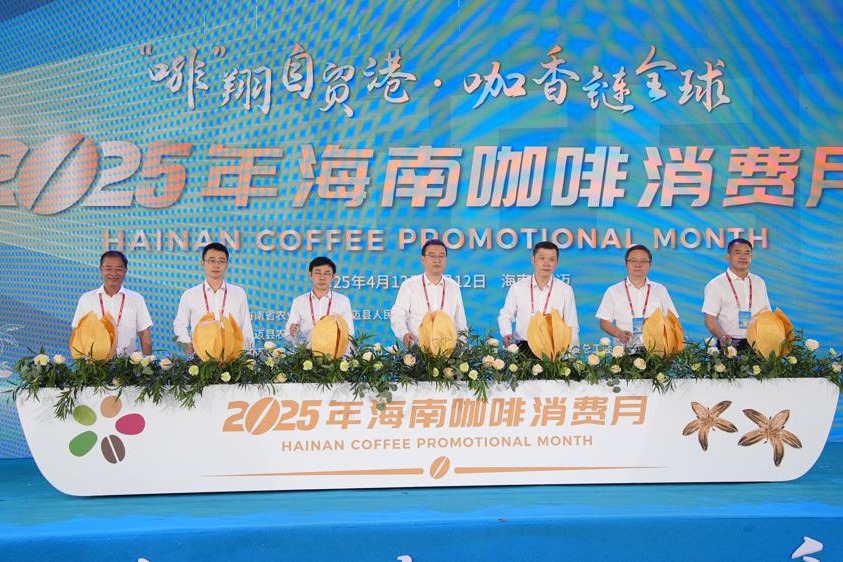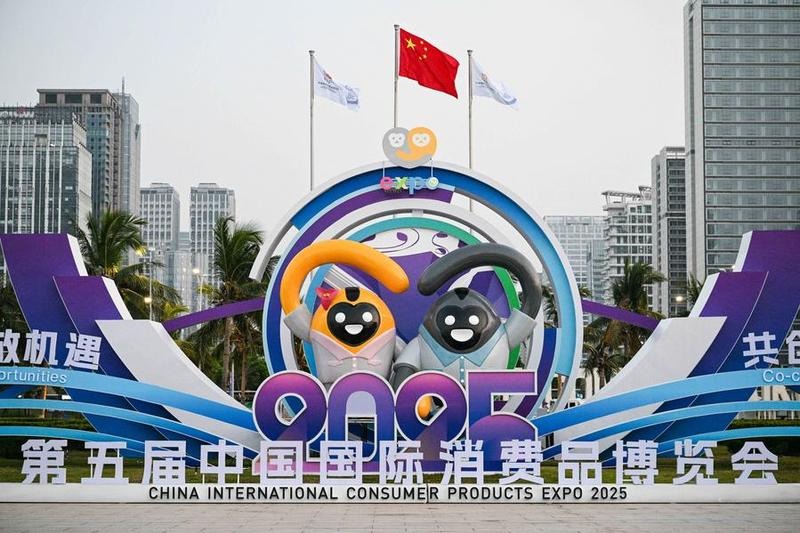Carbon trading in need of further promotion


Ever since the national-level carbon trading system was rolled out on July 16, 2021, the basic structure of the carbon market has been shaped in China, helping companies reduce greenhouse gas emissions, accelerate their green transformation and provide a benchmark for carbon pricing.
The first compliance cycle of China's carbon market, which covered calendar year 2021, included 2,162 electricity companies and covered 4.5 billion metric tons of carbon dioxide emissions. With carbon trading officially commencing on July 16 last year, up to 194 million tons of Carbon Emission Allowances (CEAs) were traded by Jun 28, with total trading value approaching 8.5 billion yuan ($1.3 billion).
The CEA price closed at 59 yuan per ton on June 28, up 22.9 percent from that on the first trading day. Although that price is still lower than in most European Union markets, the national carbon trading mechanism completed its pricing function as such trading has been tried in most parts of China.
Systematic arrangements have been made, with management regulations for carbon trading released in late December 2020 and calculation methods for carbon emissions, verification and settlement introduced.
To enrich the financial characteristics of carbon trading, the China Securities Regulatory Commission released in mid-April industrial standards for carbon-related financial products. More banks have implemented carbon emission rights pledge loans, and financial products linked to the carbon market have begun to emerge.
But it should be duly noted that China's carbon trading is at a very early stage compared with other mature markets. Trading activity was lower during noncompliance cycles, which was not widely seen in the EU.
One major reason is the relatively limited pool of participants. At present, only electricity companies with emission control targets are allowed to engage in carbon trading. Individual or institutional investors cannot access such trade. Therefore, compliance is the most important factor driving electricity companies to conduct quota transactions. Higher transaction activity during compliance periods, therefore, is plausible.
A second cause is the unclear market expectations at present. Instead of a long-term plan for CEAs or changes, carbon emission quotas are now released on a yearly basis in China's carbon market. As a result, electricity companies cannot benefit from clear market forecasts.
Meanwhile, unused carbon emission quotas can be carried over to later trading periods in China. Therefore, electricity companies under compliance obligations may tend to hold onto unused quotas rather than trade them so they can cope with future uncertainties. This has also resulted in the lower trading willingness.
But in the EU, long-term targets have been clearly set to cut carbon emissions over a maximum 10-year period. Market entities can thus be well prepared and have clearer future plans.
Limited supply of trading products has also resulted in the lower trading activity. There are not enough risk management tools provided in the market at present.
Based on the EU's experiences, carbon-related financial derivatives, especially forwards and futures, play important roles in boosting carbon trading during noncompliance periods. The trading volume in the futures market far exceeds that in the spot market. Derivatives can also help market entities better hedge price risks and manage risk exposure in carbon trading.
Only spot trading of carbon allowances is conducted in China, which impairs companies' willingness to manage their carbon allowance assets more actively.
Financial institutions cannot directly take part in carbon trading at present. There is limited supply of innovative financial products related to carbon trading.
In this sense, laws and regulations concerning carbon trading should be completed in the first place to stabilize market expectations.
Meanwhile, a clear carbon emission target and a dynamic adjustment mechanism should be established. These are the foundations of a stable and effective carbon trading spot market.
Concerted efforts should be made by different parties to promote the development of the carbon market. Carbon futures should be rolled out first, with which larger-scale innovation of carbon-related financial derivatives can be made possible. The Ministry of Ecology and Environment and financial regulators should therefore work closer to regulate the carbon financial market and lower risks.
Thresholds for carbon trading should be moderately lowered. Commercial banks should be encouraged to take part in carbon trading. Participation of financial institutions will bring in more liquidity, strengthen the market function of price discovery and control price volatility. More importantly, the various innovative products and services to be developed by these institutions will lead to diversified development of China's carbon market.
According to the framework plan for China's carbon market development, which was released by the National Development and Reform Commission in December 2017, eight industries should be included in carbon trading. Following electricity companies, construction material providers and nonferrous metal companies are expected to be the second batch to take part in carbon trading.
On the one hand, the above two industries have unified techniques and rich data supplies, which are more noticeable in cement and electrolytic aluminum companies. On the other hand, a basic quota distribution plan was initially made for the two industries when preparations for a national carbon trading system started in 2017.
The second compliance cycle, which started on March 15, is crucial for the carbon market to get on the right track. During this period, the trading mechanism should be further optimized and more market entities should be included in carbon trading.
Supervisory and management mechanisms should be completed.
More industries should be included in carbon trading. Individual and institutional investors should be allowed to participate in carbon trading when appropriate.
The writer is chief economist at Industrial Bank and a member of the China Chief Economist Forum.
The views don't necessarily reflect those of China Daily.




































